The founding editor of Splash and Grab magazine and photo director at PORT Magazine picks out his top five of the year – including Suzie Howell’s Inside the Spider show
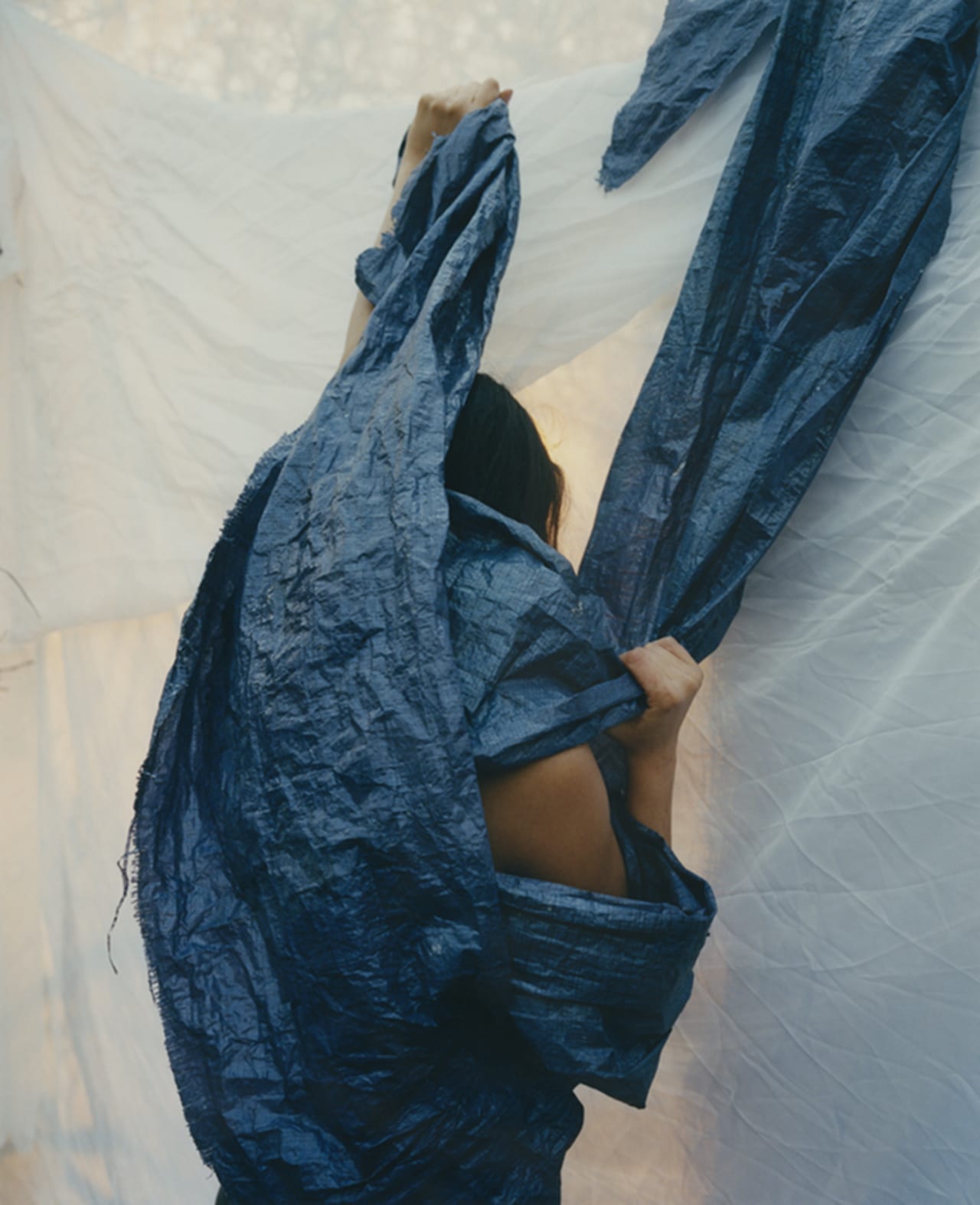

The founding editor of Splash and Grab magazine and photo director at PORT Magazine picks out his top five of the year – including Suzie Howell’s Inside the Spider show
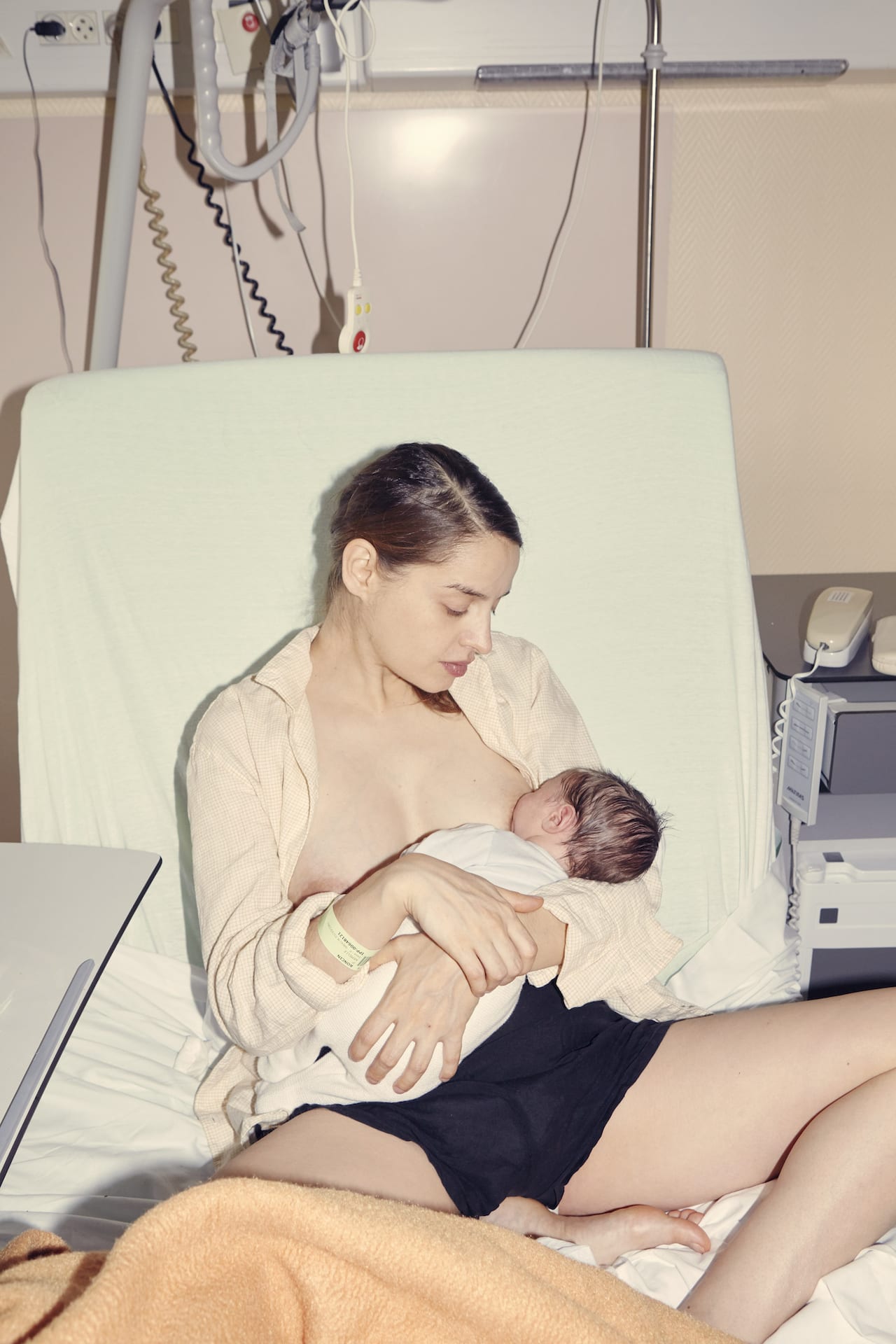
Patricia Karallis and Giada De Agostinis, founding editor and editor of the online photography magazine, pick out their top five of the year – including Vincent Ferrané’s book Milky Way
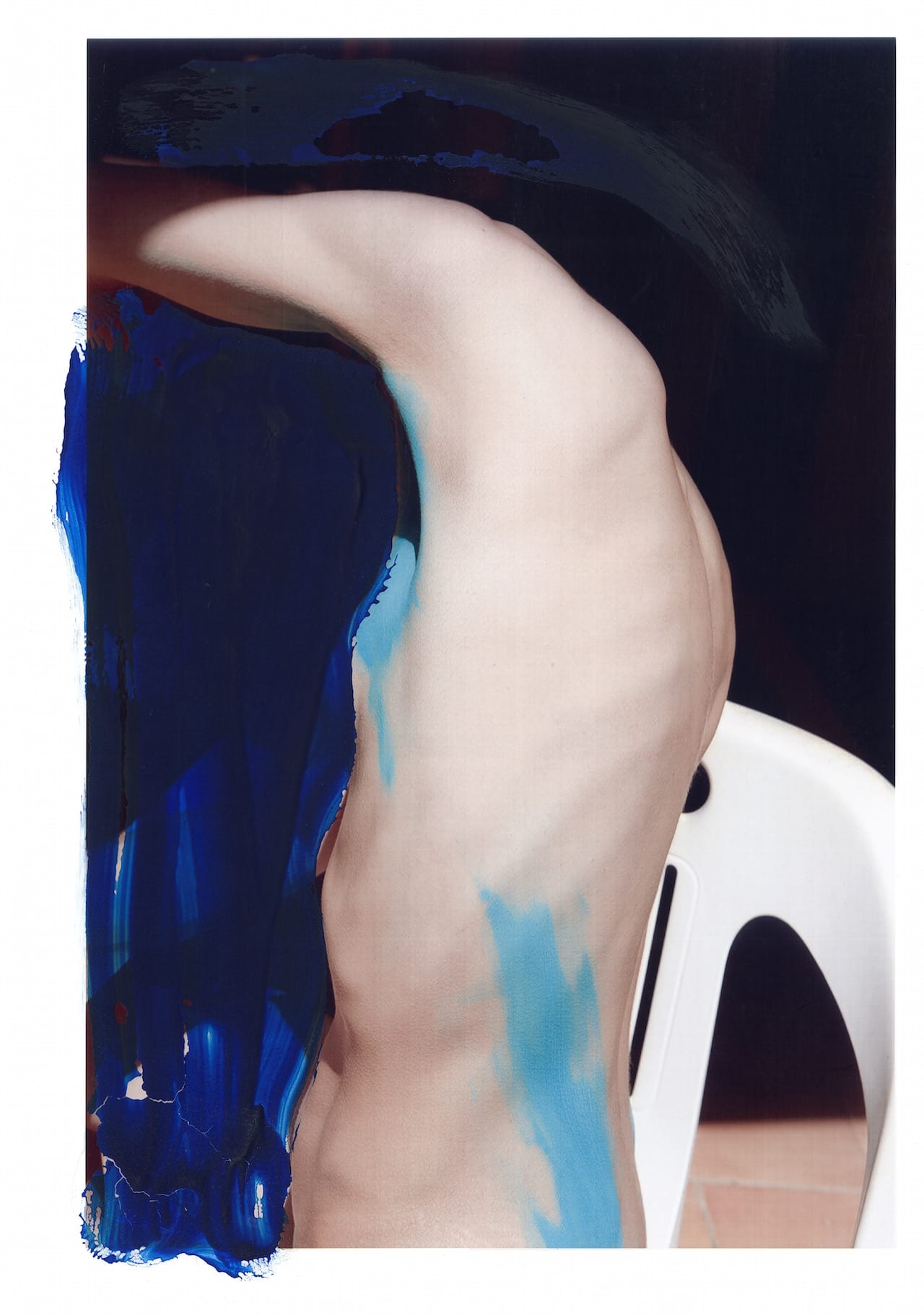
The founder and director of the African Artists’ Foundation and curator of this year’s Lagos Photo picks out his top books, exhibitions and Instagram feeds of 2017
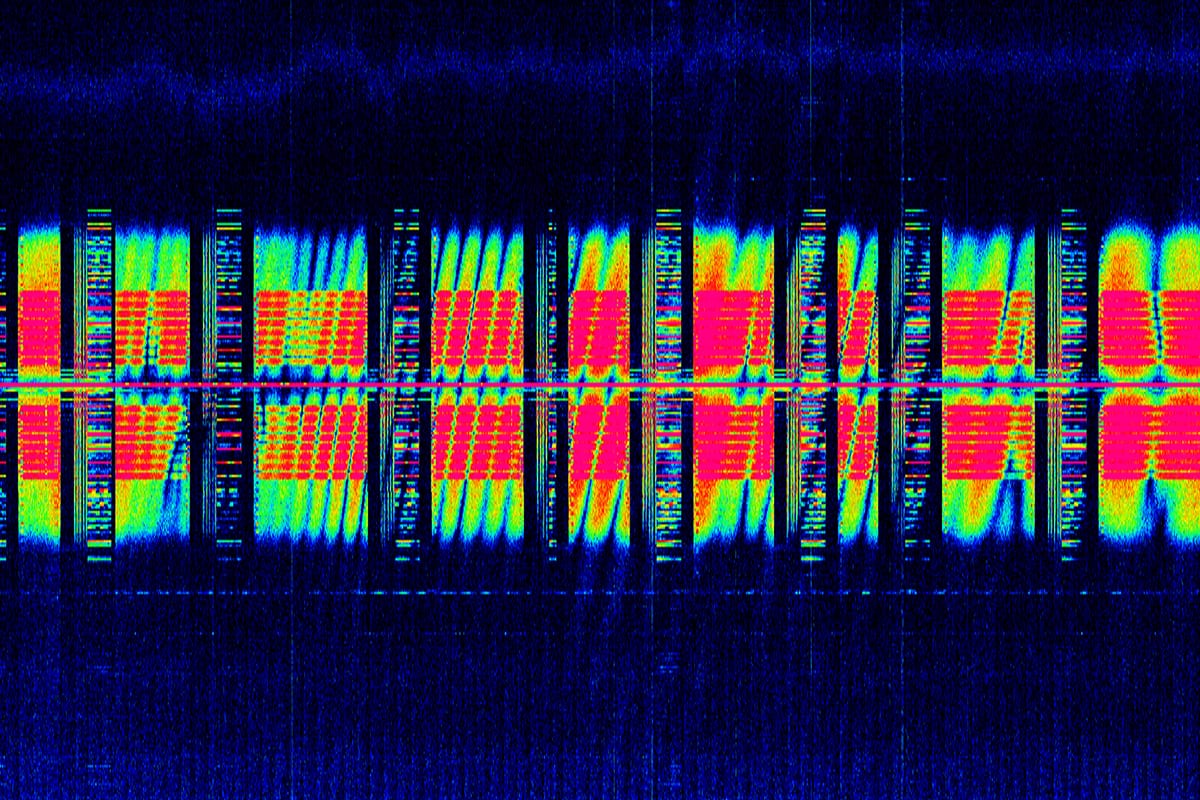
The editor of Vice Magazine UK picks out his top five of 2017 – including Lewis Bush’s Shadows of the State
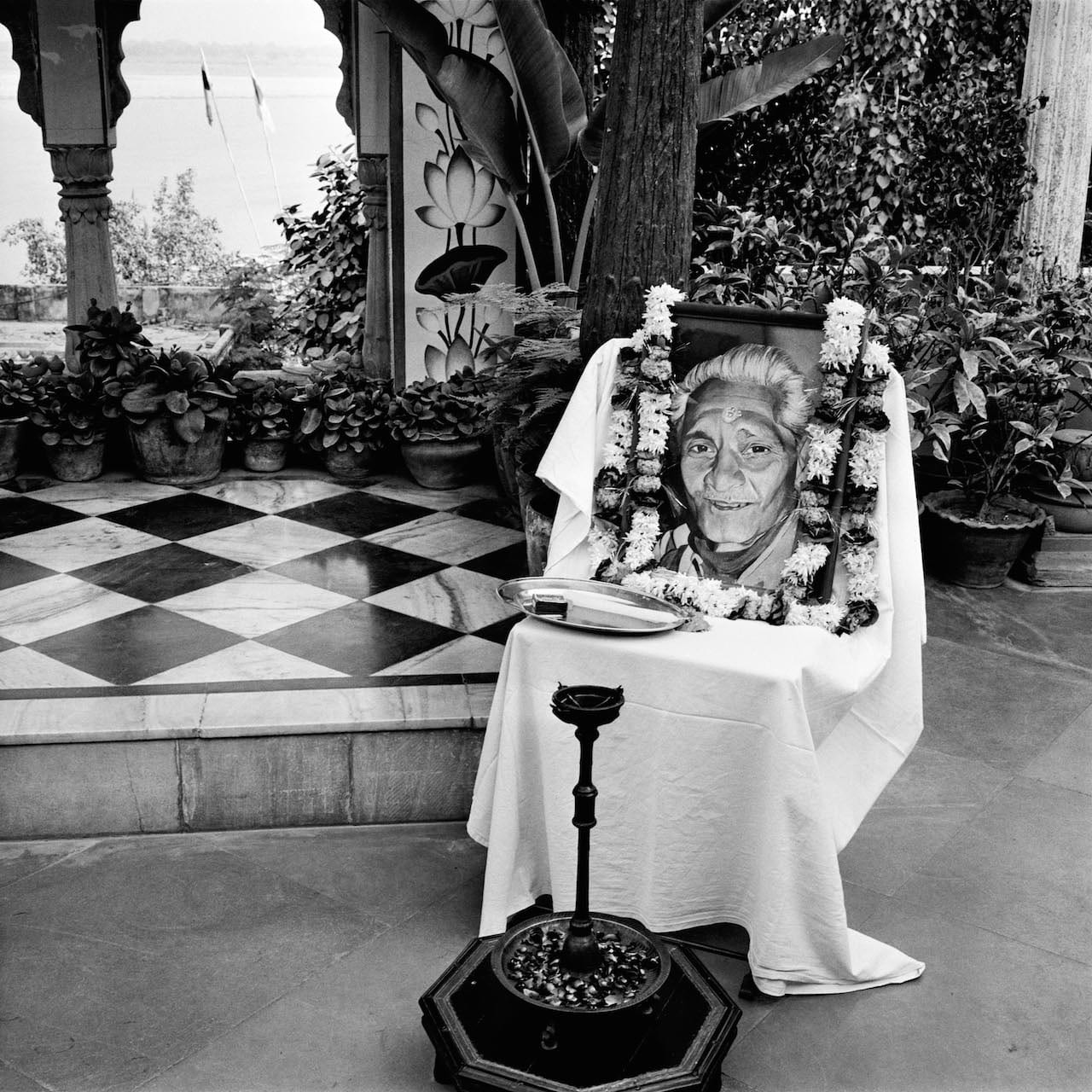
CJ Clarke and Poulomi Basu, photographers and co-founders of the Kolkata festival pick out their top five
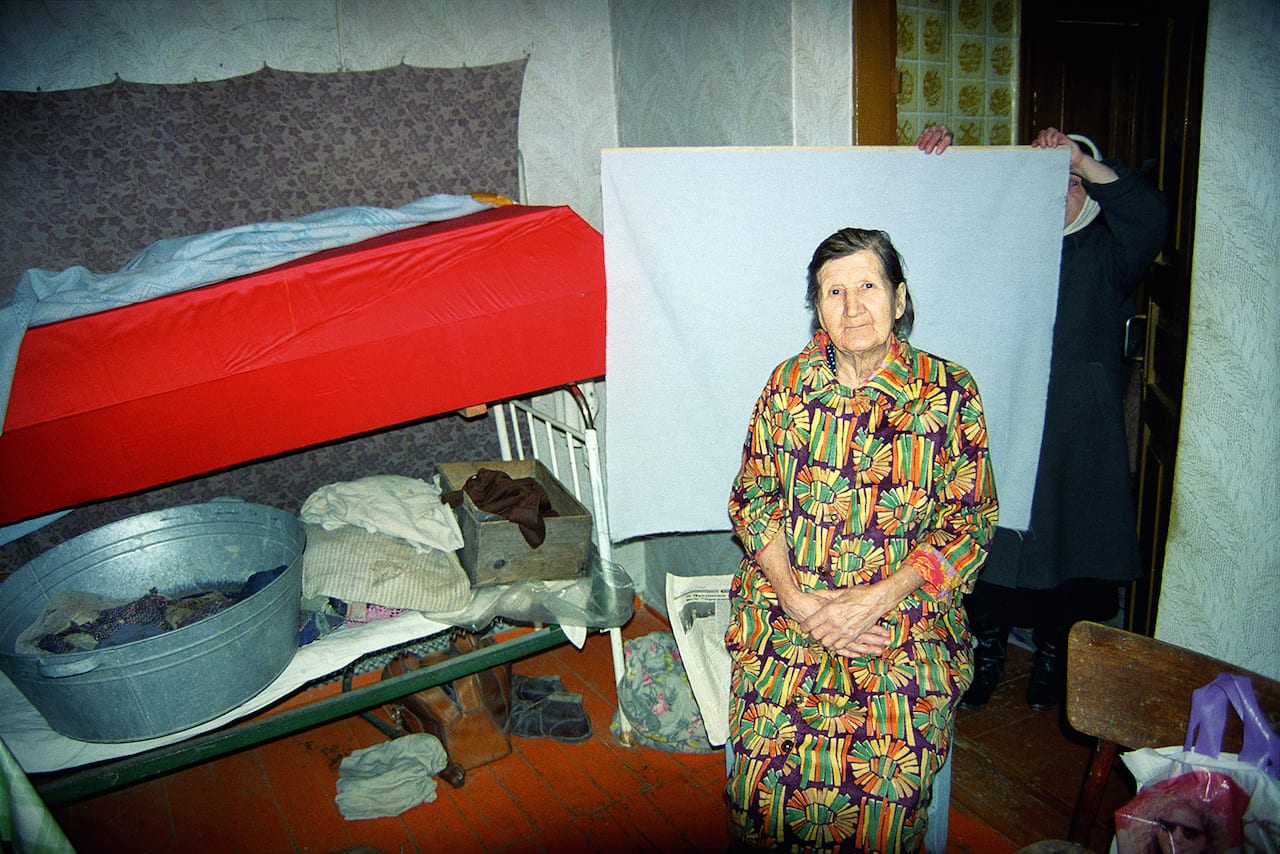
The Warsaw-based photographer picks the top five projects from Eastern Europe in 2017 – including Alexander Chekmenev’s Passport
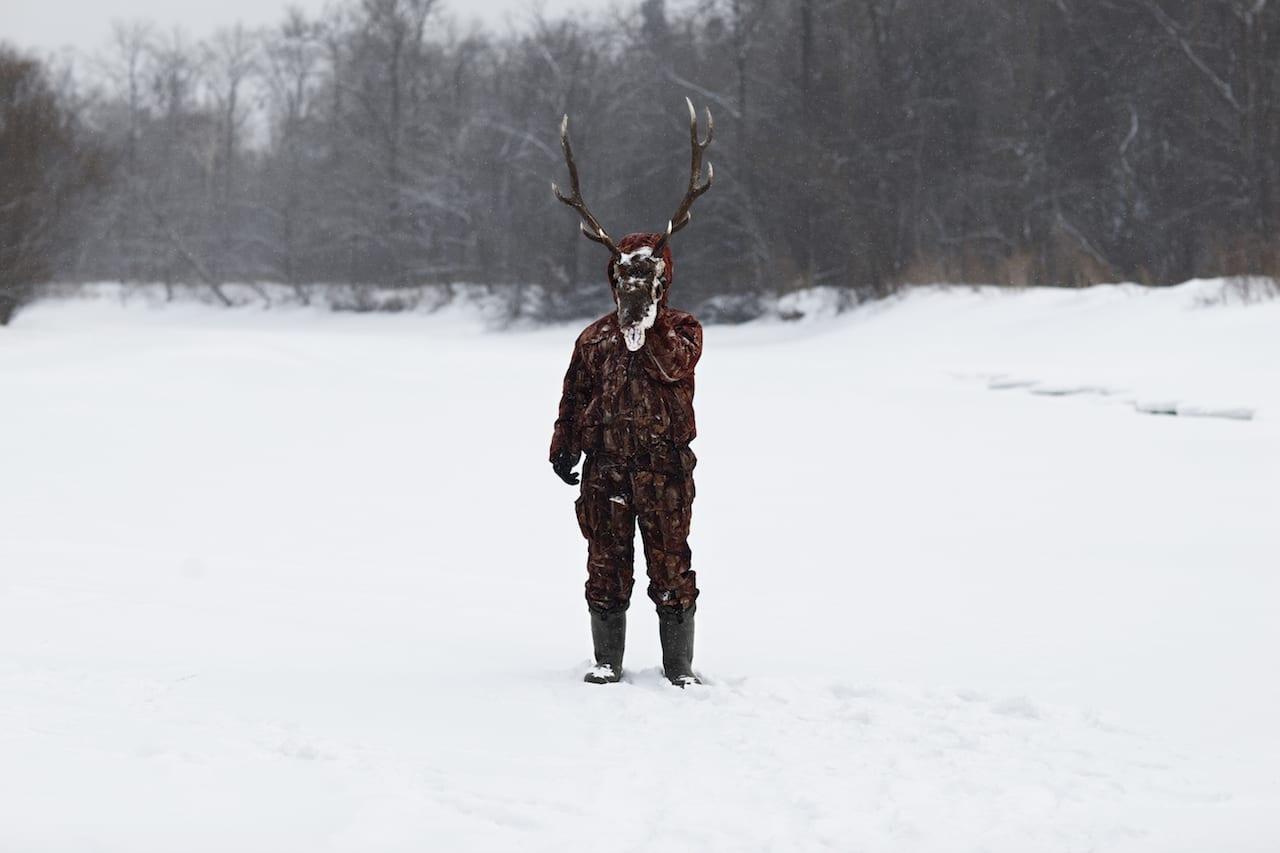
The Madrid-based photography correspondent reports on the Spanish top five of 2017 – including Álvaro Laiz’s The Hunt
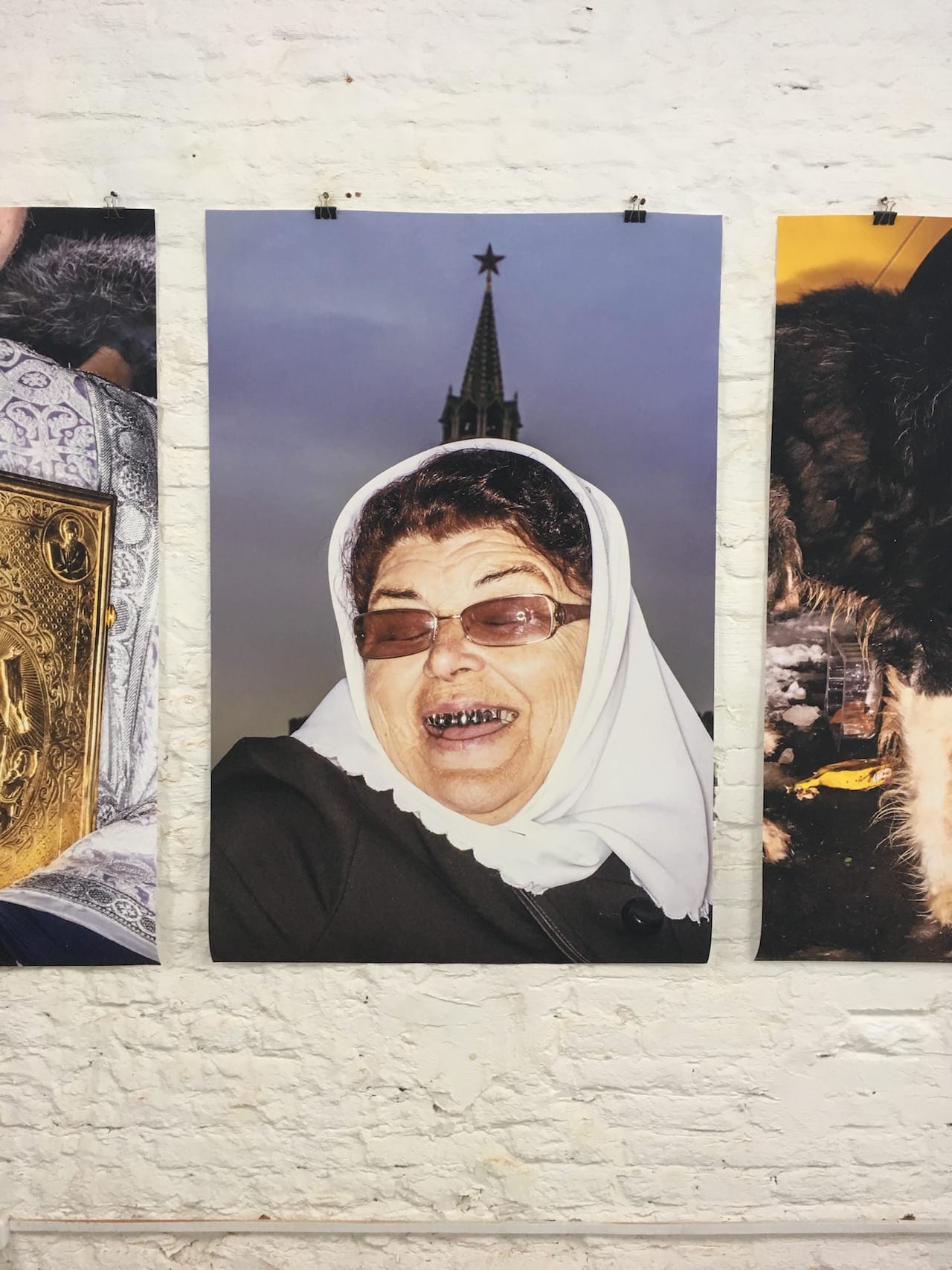
Nadya Sheremetova and Yury Gudkov from the St Petersburg-based photography gallery, publishing house, and creative hub pick out their top five of 2017 – including the second edition of FotoDepartament’s Presence festival

The Washington Post picture editor picks out his top five of 2017 – including Peter DiCampo and Austin Merrill’s Everyday Africa photobook